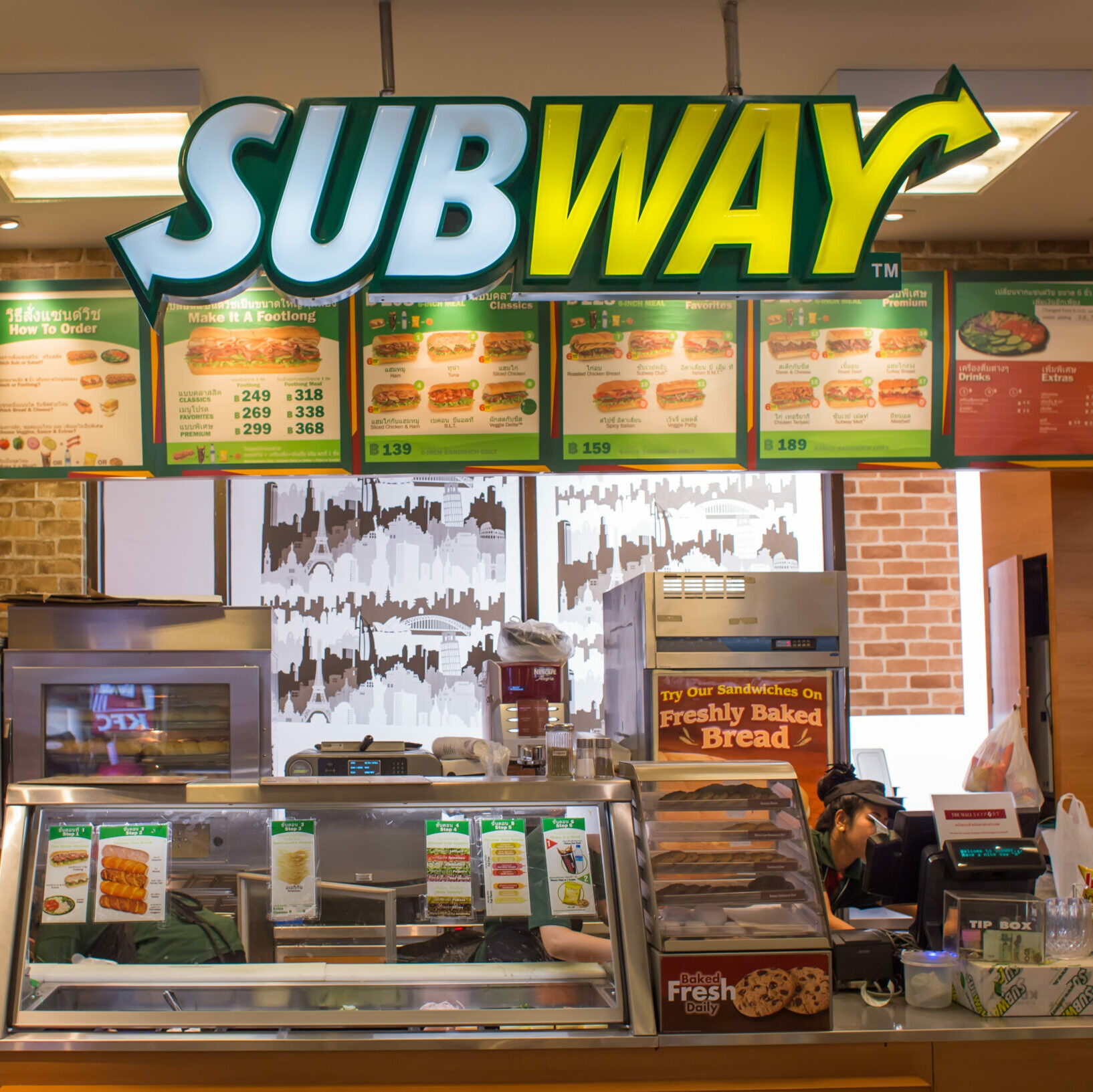Hefty price discounts in private equity’s secondary market may indicate the true value of some funds as overallocated LPs seek liquidity.
This article first appeared in the February 2023 Valuations Insights Report
Hefty price discounts in private equity’s secondary market may indicate the true value of some funds as overallocated LPs seek liquidity.
Secondary markets can provide vital clues to the value of unlisted assets, and private equity is no different.
Towards the end of 2022, uncertainty around where private equity fund net asset values (NAVs) should lie caused a pause in LP secondaries, but among forced sellers and those looking for price guidance, steep discounts were reported – in some cases of up to 30% or 40% off NAV.
As is the case across private equity fund valuations, it is difficult to generalise on secondary pricing where trades range in fund maturity, manager/asset quality and sector. Yet, according to some sources in the private markets, this drop in secondary pricing hints that some private equity funds may have been overvaluing their funds and now face a comparable downward revision in soon-to-be-released valuation marks.
Record discounts
Private equity secondaries have traditionally priced between a discount or a premium to net asset value (NAV) within an average range of 90 to 105, where 100 is par. Given that NAVs are typically updated quarterly, this method of secondary pricing usually lags movements in the public market by a number of months. Speaking to Private Equity Wire for an Insight Report on secondary market activity last year, Nigel Dawn, senior managing director and head of Evercore’s Private Capital Advisory Group, said: “It’s hard to have strong conviction when there is so much volatility”. Since then, discounts in private equity’s secondary market have grown to some of their highest levels over the last decade.
Petra Bukovec, a partner in Pantheon’s global secondaries team, acknowledges secondary pricing varies significantly depending on the quality and type of companies in the portfolio and maturity of the funds, but high-quality buyout funds, which priced close to par or in some instances above par previously, today price at discounts “in the high teens or even above 20%”.
A report by NEPC for Maine’s public employees’ pension, reported by Buyouts Insider in November, found that general private equity funds can expect discounts of 20 to 30 percent. “This is higher than usual due to the lag in PE valuations fully reflecting current public market and economic outlook,” the report said, citing discounts of 30% to 50% for managers with dedicated energy or real asset secondary funds, based on the quality of the assets.
The reporting of 2022 year-end fund NAVs and public market valuations in the first quarter of 2023 should provide some much-needed clarity to buyers and sellers in secondary market. It is worth saying also that buyers are increasingly looking for other methods of valuing fund stakes in the secondary market, away from the NAV.
LP-led transactions represented $55bn (53%) of the secondary market in 2022, down from $66n in 2021 but still well above the $28bn seen in 2020, according to data from Evercore. Overallocated LPs will continue to seek liquidity in the secondary market this year, but at the same time may be reluctant to accept haircuts of more than 20% for a sustained period. In a Private Equity Wire survey in December, only 17% of those surveyed said they would accept lower than 80% of NAV (or a 20% discount), with the majority (66%) willing to accept only 85% of NAV and above.
To achieve the best price, LPs typically bring their best assets to the secondary market. How private equity NAVs adjust in the primary market – if at all – in 2022 year-end and 2023 figures will be a key factor in how the secondary market moves forward in the months ahead.
“To the extent they are selling alts, LPs are sequencing initial sales with assets that produce higher pricing and achieve liquidity more easily,” says Mike Bego, Managing Partner of Kline Hill Partners. “These first sources of liquidity for limited partners today are specifically credit and infrastructure and, to a lesser extent, buyout (but especially recent vintage and more unfunded buyout). Typically, there is a lag when pricing shifts for buyers or sellers to get acclimated with the new normal pricing (whether paying high prices or sellers accepting bigger discounts). Over time, many sellers may reluctantly accept today’s lower pricing environment.”






